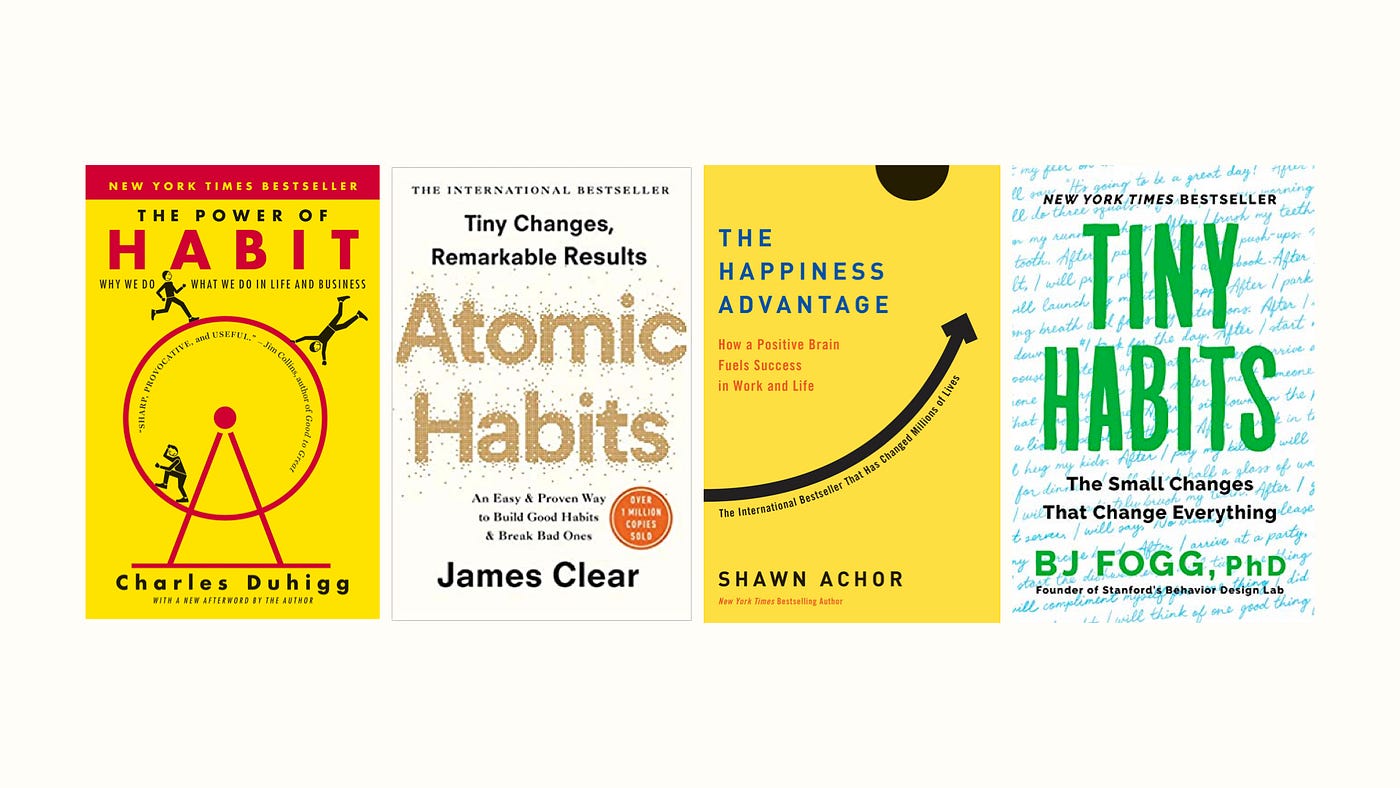

Food For Thought: Are designers just designing for attention?
source link: https://uxdesign.cc/are-designers-just-designing-for-attention-2300899abe5e
Go to the source link to view the article. You can view the picture content, updated content and better typesetting reading experience. If the link is broken, please click the button below to view the snapshot at that time.

Food For Thought: Are designers just designing for attention?
This was written during the first week of my course “Rhetoric, Persuasive and Influence” in UX Design. At this point, I found it challenging to see the point of advertisement design, and how human agency fits into this scene.
It is widely known in the design world that human nowadays has an even shorter attention span than goldfish (McSpadden, 2015). This is largely due to social media, as the infinite scroll and easy shots of endorphins have triumph other forms of leisure for most people. The impact of COVID and Social Distancing hasn’t exactly been helping either. Our attention and behaviours change are based on many factors, including the surrounded environment. Having our entire work and personal life meshed together in one bedroom has contributed to people’s inability to focus, complete a task or have any motivation at all.
It is around this time that many self-help books about building habits, re-evaluating your career, and happiness became best sellers in many bookstores: The Happiness Advantage, Atomic Habits, The Set Boundaries Workbook, etc. to name a few.

All of these books applied the psychology of building habits and the Hook Model, consisting of 4 main components: Trigger, Action, Reward, and Investment.

These are the basis of human psychology and the key components supporting the behaviour change of an individual. Indeed, most of what we do is habitual and only a small percentage is deliberate. It becomes handy in the hand of an advertiser or a designer who is trying to influence users' behaviours.
However, I am not sure I can morally get on board with the world of Marketing and Design as a designer. It is contradictory to say this, but I do not like the fact that we are trying to tear customers’ attention in a million different ways to make money. Now, perhaps this is only my personal feud with the digital world since much of the human interaction has been urbanized and we are slowly losing touch with nature. Deep down, I am afraid that moving everything digitally would contribute to a scenario similar to the story of Lorax or the Matrix, where humans neglect and ignore what we have done to the world and live in our own bubbles.
With that being said, I believe that User Experience shouldn’t replace human interaction physically, but support humans in executing their will and giving them control. I am sure there are designs that successfully changed people’s habits for the better, like the Pepsodent campaign by Claude C. Hopkins that changed the entire nations’ habits, successfully convincing them to brush their teeth frequently.

In this case, the intention is good, but if people at the time found out that what was advertised is false, it can quickly reverse the impact it has made on the community. It is hard for me to write a “Therefore” conclusion right now, because, at this point, I don’t know how my moral compass will develop, how my idea of influence will change throughout the year, or whether I would be able to answer “What’s worth people’s attention, and who am I to decide?”.
References:
McSpadden, K. (2015, May 14). Science: You now have a shorter attention span than a goldfish. Time. Retrieved from https://time.com/3858309/attention-spans-goldfish/
Wendel, S. (2015). Designing for behaviour change: Applying psychology and behavioural economics. O’Reilly.
Books List (Amazon):
The Power of Habit — Charles Duhigg: https://amzn.to/3jX4aYS
Atomic Habits — James Clear: https://amzn.to/3OnIhjD
The Happiness Advantage — Shawn Achor: https://amzn.to/3MpgWf5
Tiny Habits — BJ Fogg: https://amzn.to/3vy7jUu
Recommend
About Joyk
Aggregate valuable and interesting links.
Joyk means Joy of geeK